
SEO: Latest Articles
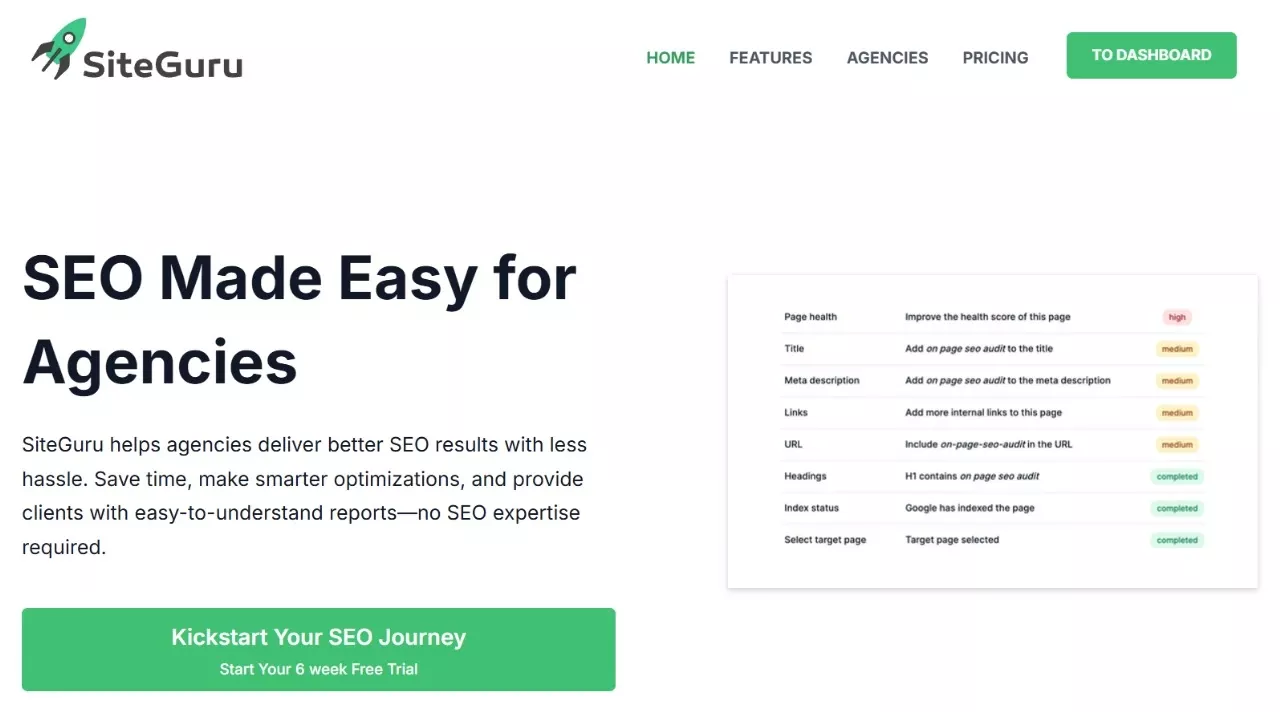
SiteGuru Review: Best Website Audit and Optimization Partner
SiteGuru emerges as a powerful, all-in-one SEO and website audit tool designed to simplify website management for businesses, influencers, and organizations. It offers a comprehensive solution that addresses the complex challenges of digital presence optimization, making technical SEO and website performance improvements accessible to both novices and experts.
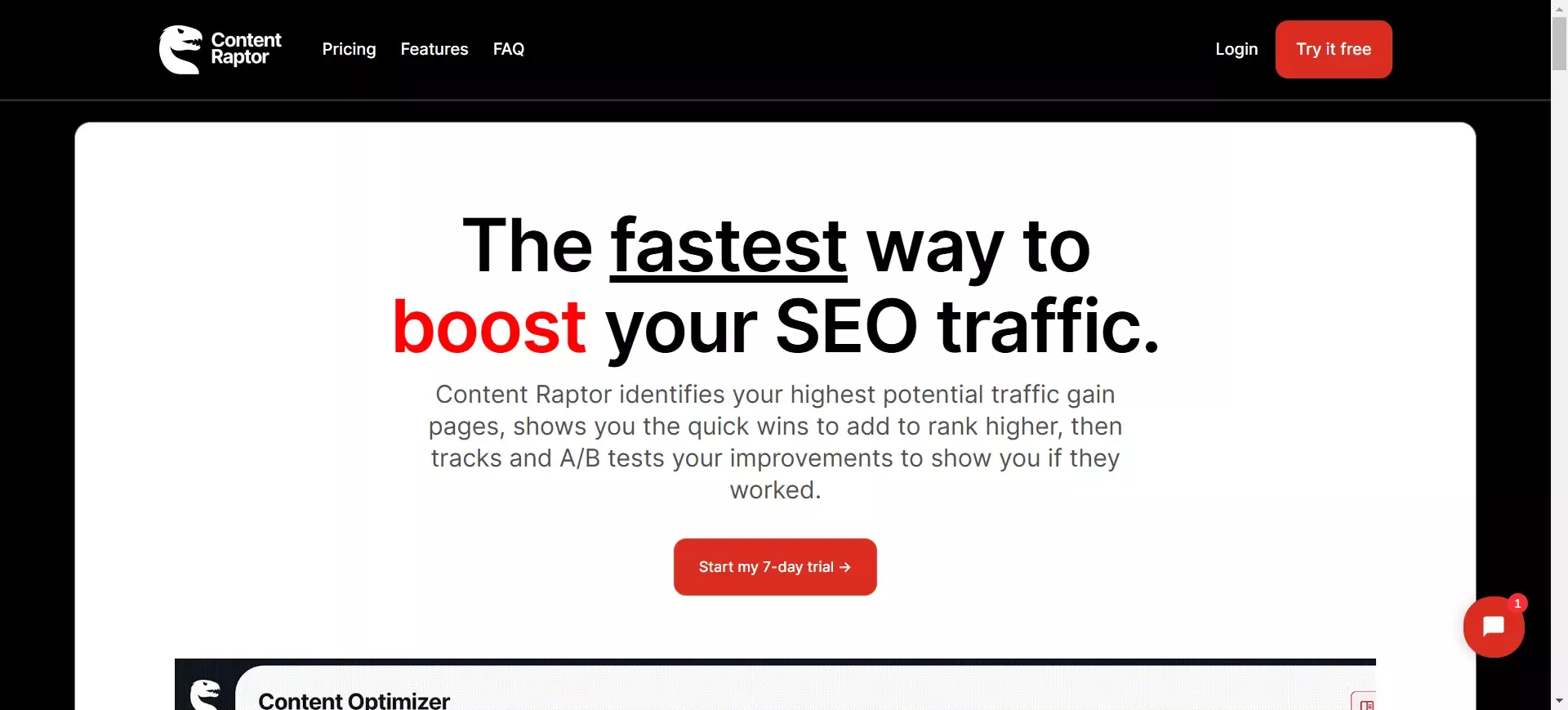
Content Raptor Review: Best SEO Content Optimization Tool
For bloggers, marketers, agencies and businesses who want to stay ahead of the curve in search engine rankings, Content Raptor is an advanced content management and SEO optimization tool that can help track rankings, analyze competition, optimize content, and manage projects from one single, unified platform.
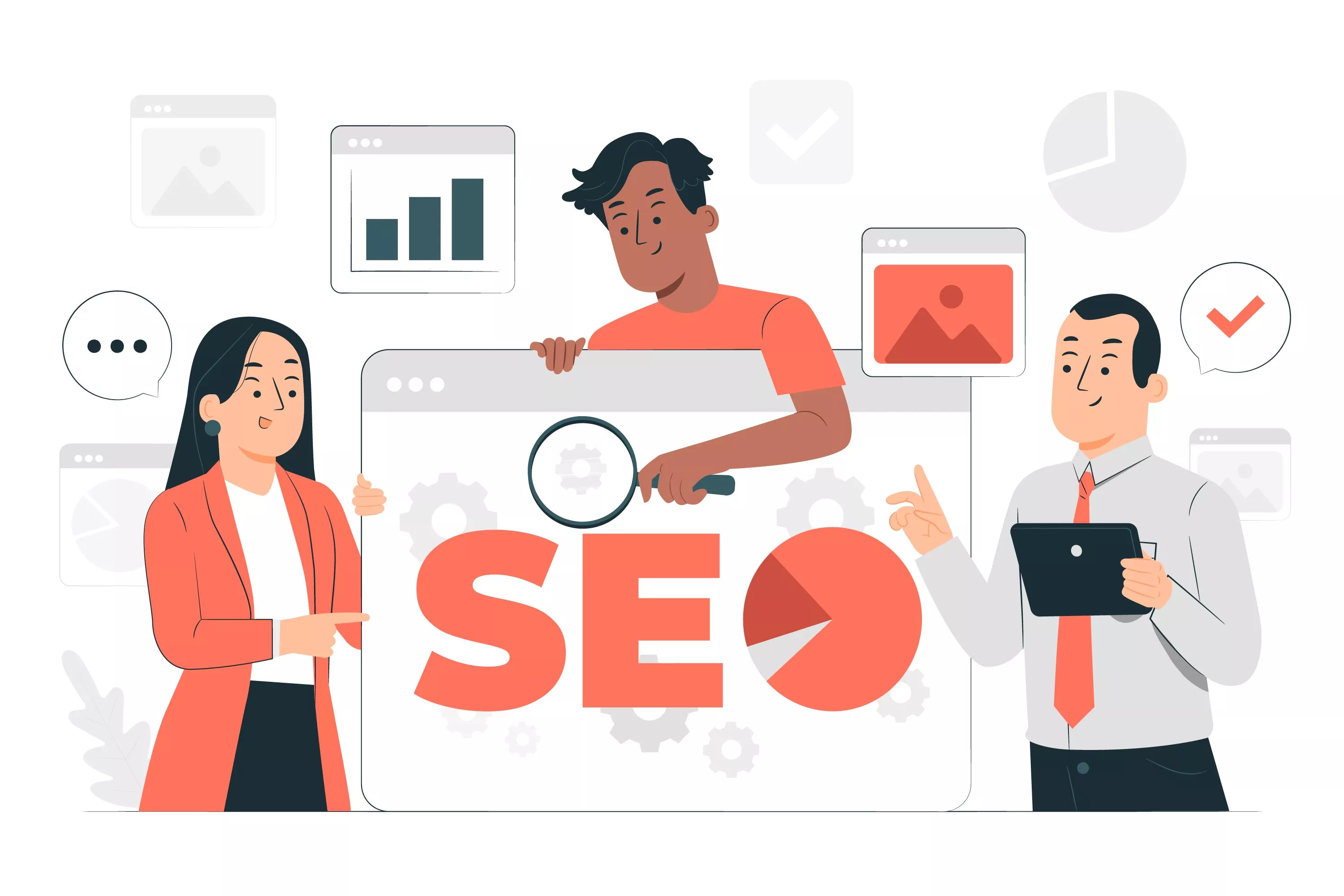
7 Free SEO Audit Software Tools
With visibility and user experience defining online success, SEO audits have become indispensable for businesses striving to stay relevant and competitive. Since search engine algorithms are constantly in flux and consumer behaviour is a dynamic mass that by nature is never static, navigating the changing shifts is no longer optional—strategic pivots are a necessity, and a website’s SEO health can make or break your game. Fortunately, several free SEO audit tools are available to assist businesses and website owners in enhancing their online presence without breaking the bank.
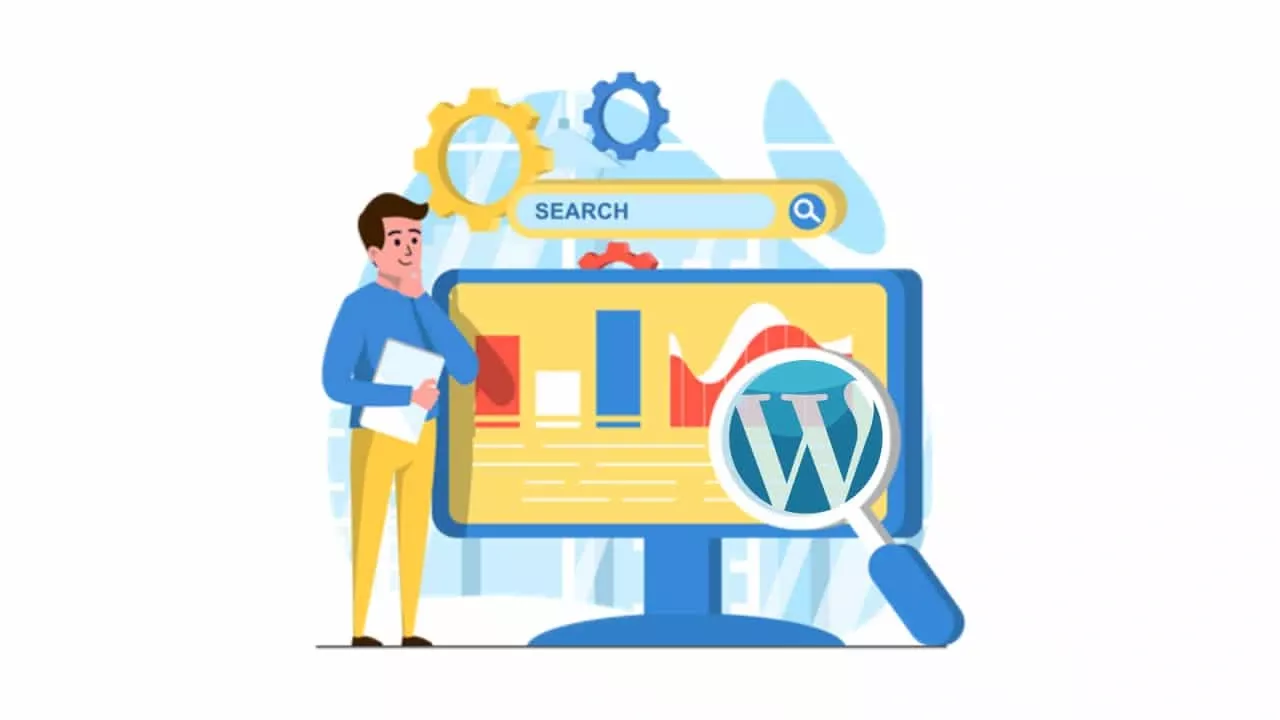
7 Best SEO Automation Software Tools
With the way the blogging and publishing trajectory has propelled itself today, it has become a necessity rather than an option to conquer SEO for sustainable growth and success. Recent studies clearly show that approximately 46% of online business owners agree that inbound marketing efforts in terms of SEO lead to success. It would therefore not be incorrect to say that SEO empowers you to stay on top of frequent challenges, build a strong online presence and stay visible on search engines for sustainable and impactful growth.
-1691246481.webp)
How to Optimize Your Site for Cumulative Layout Shift (CLS)?
Optimizing your website for Cumulative Layout Shift (CLS) is crucial for providing a seamless and user-friendly browsing experience. CLS measures the amount of unexpected layout shifts that occur during page loading, which can frustrate users and negatively impact engagement. By prioritizing CLS optimization, you ensure your website delivers a positive user experience, reduces bounce rates, improves conversion rates, and gains SEO advantages. Invest in techniques such as setting dimensions for elements, reserving space for dynamic content, optimizing web fonts, and monitoring your site's CLS score to provide a visually stable and engaging browsing experience. CLS has a significant weightage on the page speed performance score. To provide a good user experience, sites should strive to have a CLS of 0.1 or less for at least 75% of page visits. The Performance score is a weighted average of the metric scores. Naturally, more heavily weighted metrics have a bigger effect on your overall Performance score. The metric scores are not visible in the report, but are calculated under the hood. The weightings are chosen to provide a balanced representation of the user's perception of performance. The weightings have changed over time because the Lighthouse team is regularly doing research and gathering feedback to understand what has the biggest impact on user-perceived performance. First Contentful Paint (FCP)- 10% Speed Index (SI)- 10% Largest Contentful Paint (LCP)- 25% Total Blocking Time (TBT)- 30% Cumulative Layout Shift (CLS)- 25%
-1691246452.webp)
How to Optimize Your Site for First Input Delay (FID)?
Optimizing your website for First Input Delay (FID) is crucial for delivering a seamless user experience, improving search engine rankings, reducing bounce rates, increasing conversions, ensuring mobile-friendliness, and gaining a competitive advantage. FID measures the responsiveness of your website to user interactions, such as clicks or taps. By optimizing for FID, you ensure that your site responds quickly and smoothly to user input, enhancing the overall user experience and engagement. Users are more likely to stay on your site, interact more, and have a positive impression of your brand.
-1691246405.webp)
How to Optimize your Site for Largest Contentful Paint (LCP)?
Optimizing your website for Largest Contentful Paint (LCP) is crucial for providing a better user experience, improving search engine rankings, reducing bounce rates, increasing conversions and revenue, ensuring mobile-friendliness, and staying competitive in the online landscape.LCP measures the time it takes for the largest element on a web page to load and become visible to users. By optimizing for LCP, you can significantly enhance the user experience by reducing the waiting time for the main content to load. This results in improved engagement, lower bounce rates, and increased user satisfaction. The Performance score is a weighted average of the metric scores. Naturally, more heavily weighted metrics have a bigger effect on your overall Performance score. The metric scores are not visible in the report, but are calculated under the hood. The weightings are chosen to provide a balanced representation of the user's perception of performance. The weightings have changed over time because the Lighthouse team is regularly doing research and gathering feedback to understand what has the biggest impact on user-perceived performance. First Contentful Paint (FCP)- 10% Speed Index (SI)- 10% Largest Contentful Paint (LCP)- 25% Total Blocking Time (TBT)- 30% Cumulative Layout Shift (CLS)- 25% Search engines, like Google, consider page experience as a ranking factor, with LCP being one of the key metrics. Websites with a fast loading time and a good user experience are more likely to rank higher in search engine results, leading to increased organic traffic and visibility. Furthermore, a fast-loading website can positively impact conversions and revenue. When users can quickly access your content and navigate through your site without delays, they are more likely to convert, whether that means purchasing, filling out a form, or subscribing to a service.
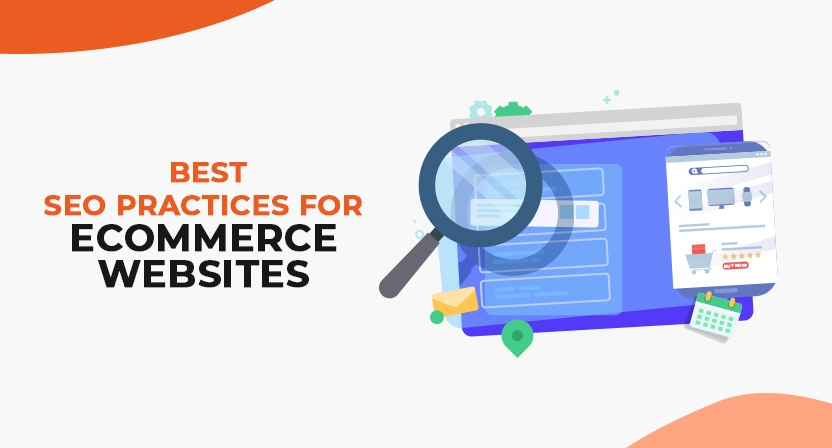
10 Best Seo Practices for Ecommerce Websites
SEO (Search Engine Optimization) is a critical factor for driving organic traffic and boosting the visibility of e-commerce websites in search engine results. To attract potential customers and increase online sales, optimizing your e-commerce site is essential. Here, we present more than 10 best SEO practices specifically tailored for e-commerce websites. These strategies encompass keyword research, on-page optimization, technical optimization, content creation, and link building. By implementing these proven techniques, you can align your site with search engine algorithms, enhance user experience, and achieve higher organic traffic. Stay ahead of the competition and take your e-commerce website to new heights with these invaluable SEO practices.
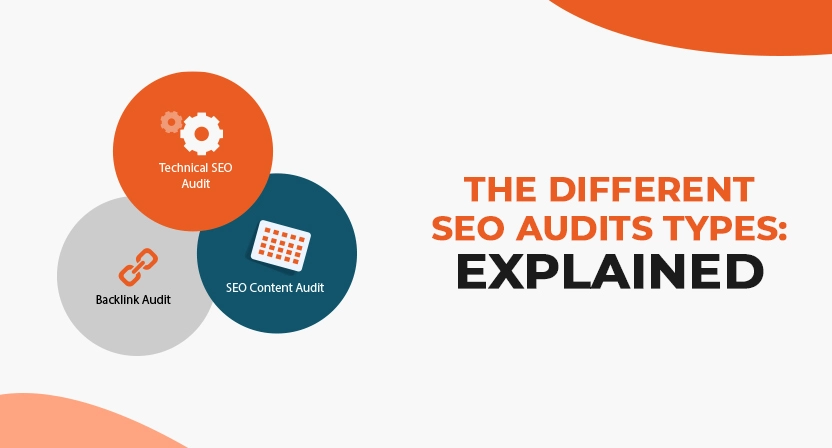
The Different SEO Audits Types: Explained
Are you looking to enhance your website's performance and drive more organic traffic? In today's highly competitive online landscape, conducting regular SEO audits is a vital step toward achieving your goals. But what exactly is an SEO website audit, and how can it help you improve your web traffic? Join us as we explore the world of website SEO audits and discover the key strategies to unlock your website's full potential. In this blog series, we will delve into the different types of SEO audits, uncover valuable insights, and provide expert tips to optimize your website's visibility and rankings. Get ready to supercharge your online presence and watch your web traffic soar to new heights. Let's dive in!













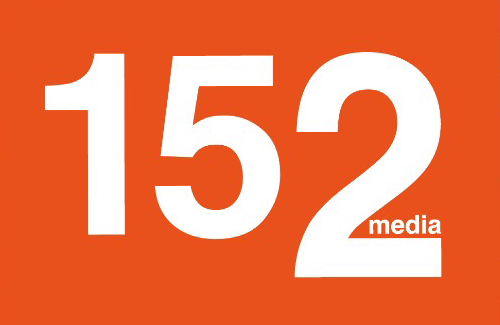




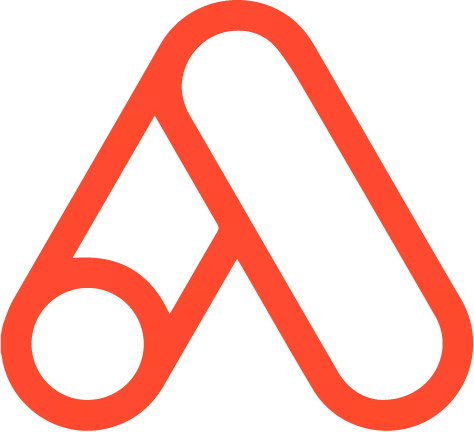


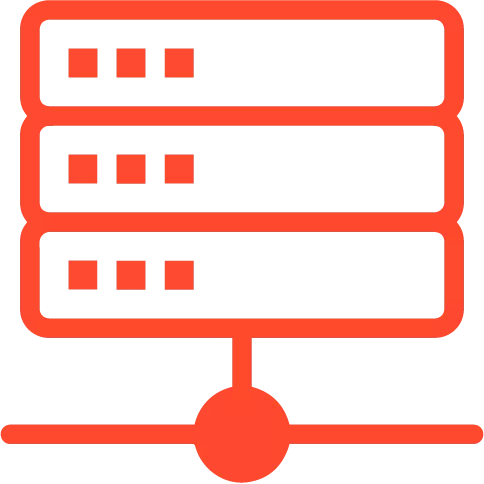









-1668044393.jpeg)